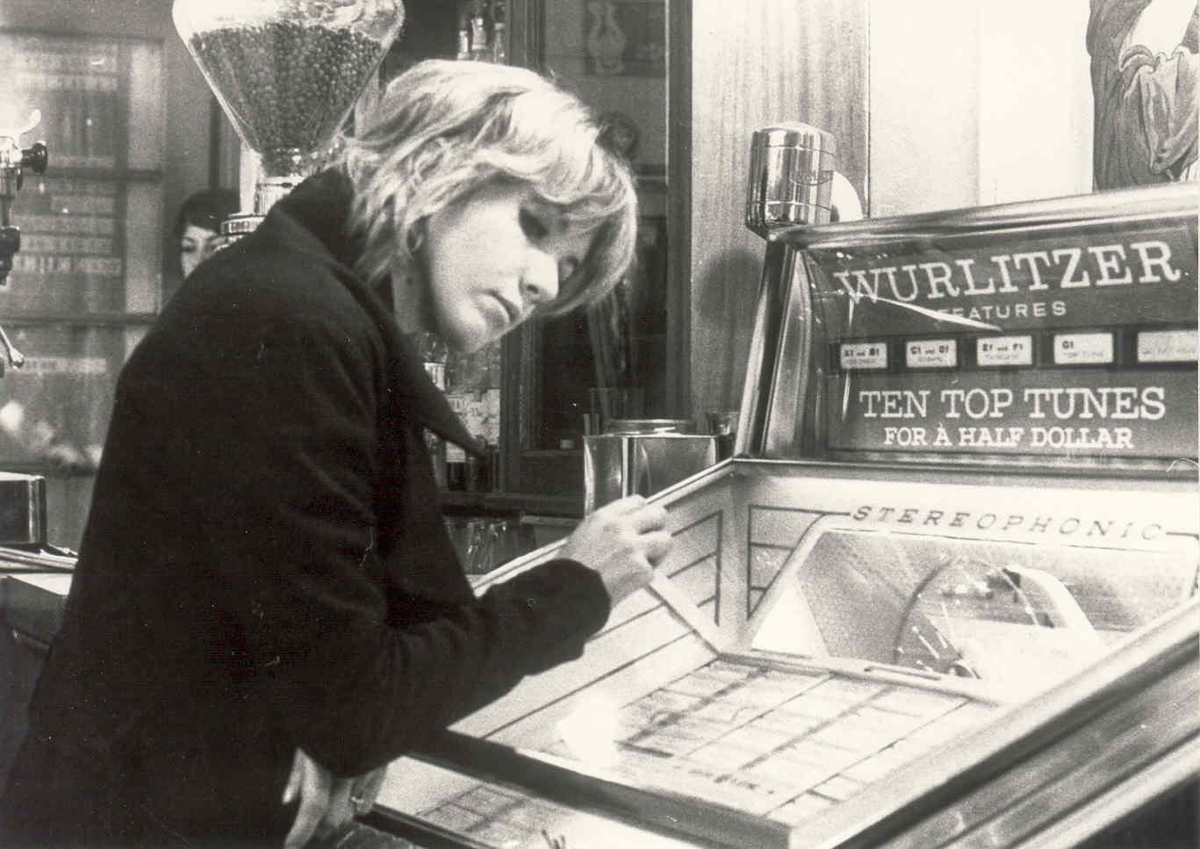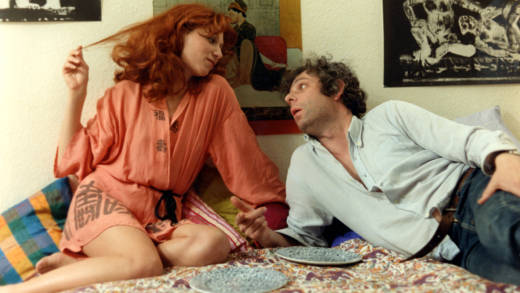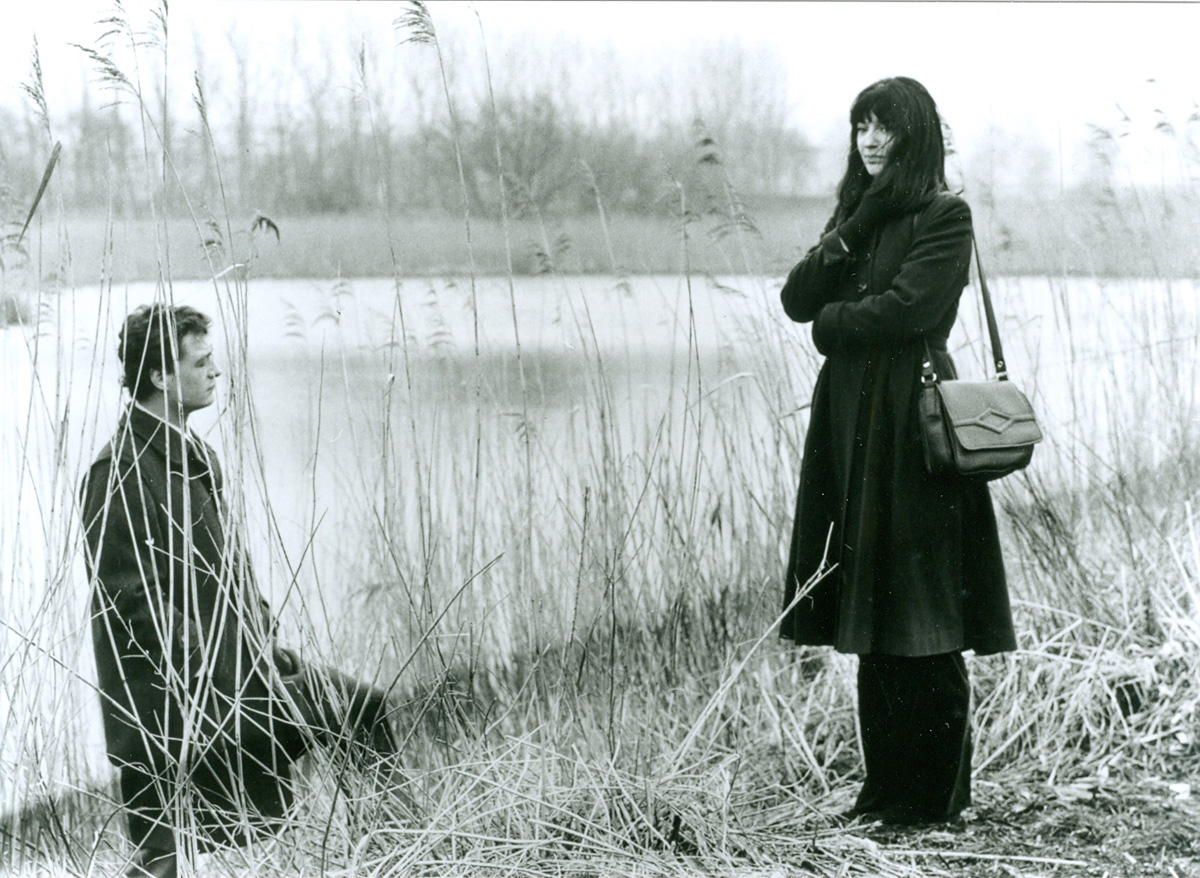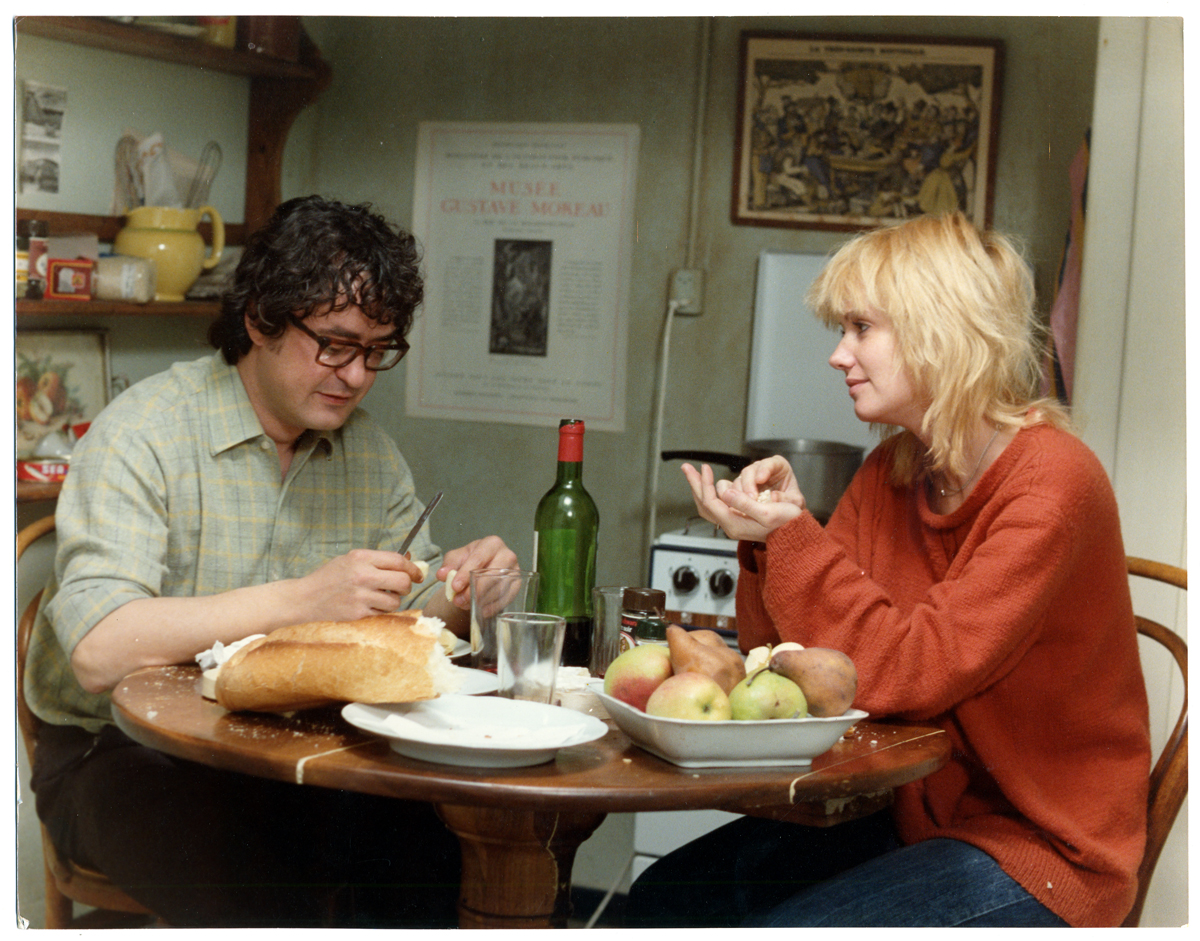Much has been written about the films that seemed to anticipate the events of May 1968 (Jean-Luc Godard’s La Chinoise is often mentioned), but rather less on those that undertook to sort out the consequences. Godard’s fellow Swiss, Alain Tanner, is an exemplary figure in this regard, having directed a score of features focusing on what critic Dave Kehr has aptly described as “the dilemma of the revolutionary in non-revolutionary times.”
Tanner is the subject of a Berkeley Art Museum and Pacific Film Archive series beginning July 26 and running through August 19, his first retrospective there in more than 20 years, during which time his freewheeling dramas have largely fallen out of circulation. Tanner came to filmmaking from sociology, and it shows in the analytical bent of his movies, which collide multiple points of view to unpack the cultural conditioning of character.
This inquisitive approach is especially evident in three early features co-authored with the art critic John Berger: La salamandre (1971), The Middle of the World (1974), and Jonah Who Will Be 25 in the Year 2000 (1976). Berger, whose sensitive essays on art and politics often do the work of sociology by other means, died last year.

The two men met in the 1950s, when Tanner was studying at the British Film Institute. Berger’s radical humanism proved a lasting match for Tanner’s narrative sensibility: alternately tender and dire, open-minded and argumentative. For devotees of Berger’s essays, it’s fascinating to see some of the writer’s key ideas take dramatic shape: both La salamandre and The Middle of the World, for instance, can be seen as testing many of the same propositions found in Berger’s critique of the role of women in art found in his groundbreaking 1972 television series and book, Ways of Seeing.
La salamandre does indeed function as a kind of intellectual exercise in the politics of representation, but one held together by an altogether electrifying performance by Bulle Ogier. She plays Rosemonde, a disillusioned young woman accused of wounding her uncle with his own military rifle. Two writers, Pierre (Jean-Luc Bideau, a recurring presence in Tanner’s films reminiscent of Elliot Gould) and Paul (Jacques Denis), take a cash advance to pen a television script based on her story, with Pierre pursuing a decidedly hands-on documentary approach and Paul opting for an imaginative treatment.





